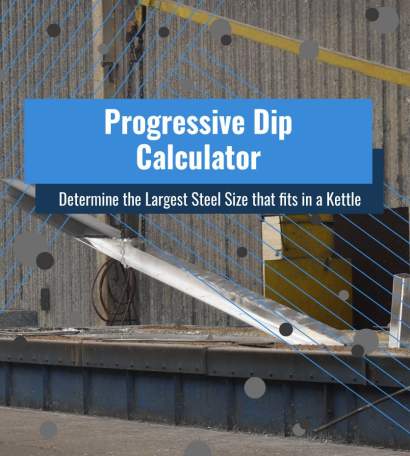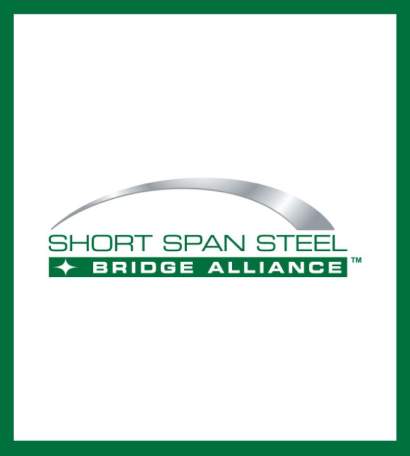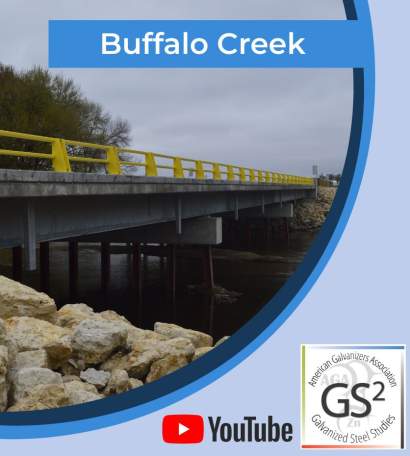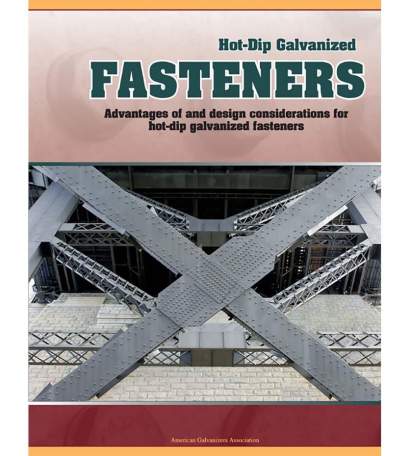
Galvanized Steel Bridges
Whether the hidden rebar and substructure, girders, rails, or a beautiful truss; hot-dip galvanized steel bridges provide maintenance-free longevity.
Steel is a principal construction material in the bridge market due to its unmatched strength-to-weight ratio. Because steel used in the bridge market is constantly exposed to weather, deicing chemicals, and atmospheric pollutants, it must be protected. Hot-dip galvanizing has been successfully used to combat corrosion in bridges since the 1800s. Whether the superstructure of a traffic bridge, the backbone of a pedestrian crossing, or a beautiful truss igniting the landscape; hot-dip galvanized steel provides long-lasting maintenance-free protection for decades.
In the last few years, there has been renewed interest in the steel bridge market. The reason for that is first and foremost the proven history of long-standing steel bridges throughout North America. There also is more interest in long-term corrosion protection methods, such as hot-dip galvanizing for those bridges. The Short Span Steel Bridge Alliance (SSSBA) is a collaborative group of associations, fabricators, steel producers, coaters, and county engineers working to promote the economic benefits of building steel bridges between 40 and 140 feet.
The SSSBA has developed an innovative online tool eSpan140 to facilitate the design of short-span steel bridges, which coupled with economic case studies is beginning to drive more specifications to steel. Bridges of this size, or modular sections of this size for larger bridges, are a great fit for hot-dip galvanized steel. However, when bridges or spans exceed these lengths, metallizing (a thermal zinc coating) is a great alternative that can be used in conjunction with galvanized steel (on the smaller, ancillary parts).







